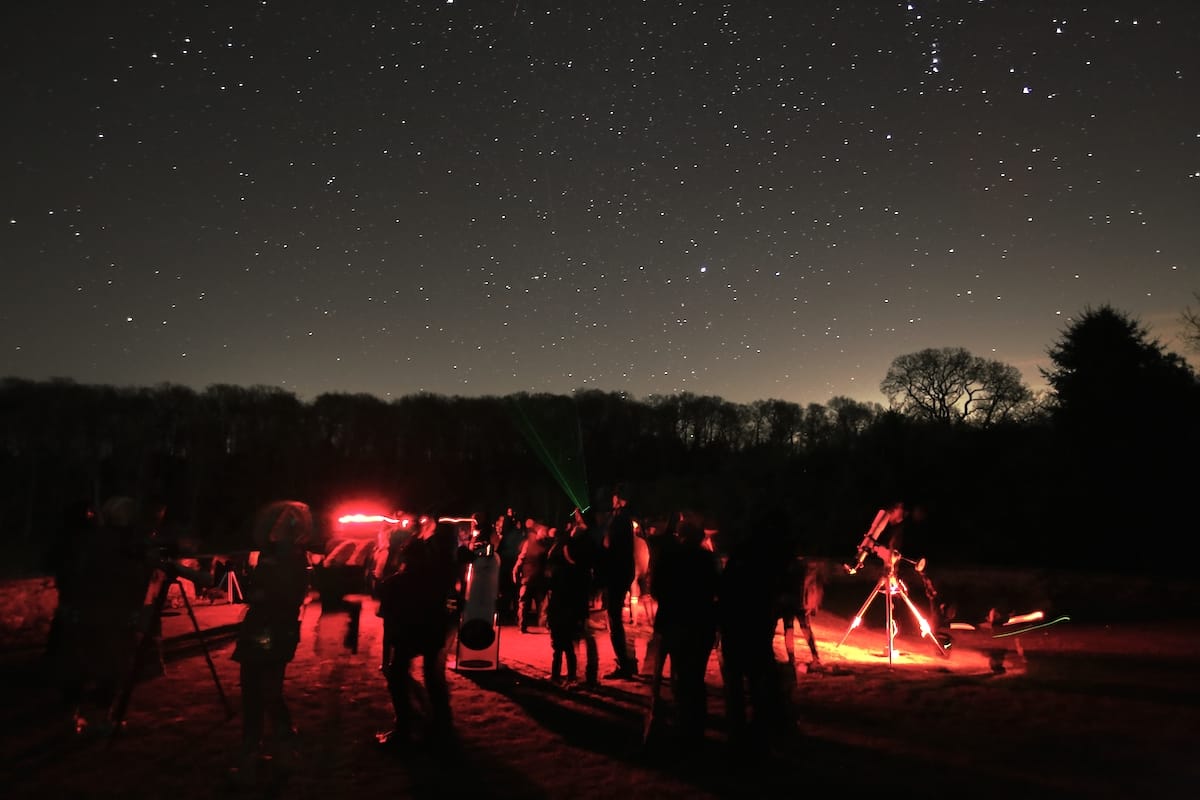The discovery of new tracks along the UK’s famed dinosaur highway has captivated paleontologists and enthusiasts alike, shedding light on the lives of these ancient creatures. The trackway, located in the coastal region of Dorset, has long been recognized for its rich fossil record, but recent excavations have revealed additional footprints that offer fresh perspectives on the behavior, movement, and diversity of dinosaurs that once inhabited the area.
The newly uncovered tracks are believed to belong to various species, including theropods, which were bipedal carnivores, and sauropods, the long-necked herbivores. These footprints, some of which are remarkably well-preserved, provide crucial evidence of the size, gait, and speed of these dinosaurs. The clarity of the prints allows scientists to study the subtle details of their stride and locomotion, enhancing our understanding of how these animals interacted with their environment.
The significance of this discovery extends beyond the footprints themselves. The fossilized trackway serves as a window into the ecosystem of the time, offering insights into the types of vegetation that were present and the climate conditions that prevailed millions of years ago. By analyzing the sediment surrounding the footprints, researchers can reconstruct the habitat in which these dinosaurs lived, providing a more comprehensive picture of their world.
Moreover, the trackway is an essential site for ongoing research, as it continues to yield new findings. The recent excavations have been conducted by a team of paleontologists from various institutions, collaborating to document and analyze the new tracks. Their work involves careful excavation techniques to ensure that the delicate footprints are preserved for future study. This collaborative effort highlights the importance of interdisciplinary research in advancing the field of paleontology.
As the excavations progress, the team has also been using advanced imaging technologies to create detailed 3D models of the footprints. This innovative approach not only aids in the analysis of the tracks but also allows for virtual reconstructions that can be shared with the public and the scientific community. The use of technology in paleontological research is becoming increasingly vital, as it enables scientists to preserve and study fossils without causing damage to the original specimens.
The discovery of new tracks on the UK’s dinosaur highway has also spurred interest in the site as a tourist destination. The area, already known for its geological significance, is likely to attract more visitors eager to learn about the dinosaurs that once roamed the land. Local authorities are considering ways to enhance the visitor experience, including educational programs and guided tours that highlight the importance of the trackway and the ongoing research efforts.
In addition to its scientific and educational value, the trackway has cultural significance. It serves as a reminder of the rich natural history of the UK and the incredible creatures that once inhabited the planet. The footprints are a tangible link to a distant past, allowing people to connect with the history of life on Earth in a profound way.
As researchers continue to uncover new evidence and insights from the trackway, the implications for our understanding of dinosaur behavior and ecology are profound. Each new footprint adds to the narrative of these ancient animals, revealing how they adapted to their environment and interacted with one another. The ongoing study of the UK’s dinosaur highway promises to yield further discoveries, deepening our understanding of the complexity of prehistoric life.
The excitement surrounding the new tracks is palpable within the scientific community, as paleontologists recognize the potential for groundbreaking research stemming from this site. The collaboration among various institutions and researchers exemplifies the spirit of scientific inquiry, with the shared goal of uncovering the mysteries of the past.
In conclusion, the recent discoveries along the UK’s dinosaur highway represent a significant advancement in paleontological research. The additional footprints not only enhance our understanding of the species that once roamed the area but also provide invaluable insights into the ecosystem of the time. As excavations continue and new technologies are employed, the potential for further discoveries remains high, ensuring that this site will remain a focal point for research and education for years to come.



